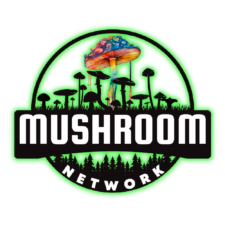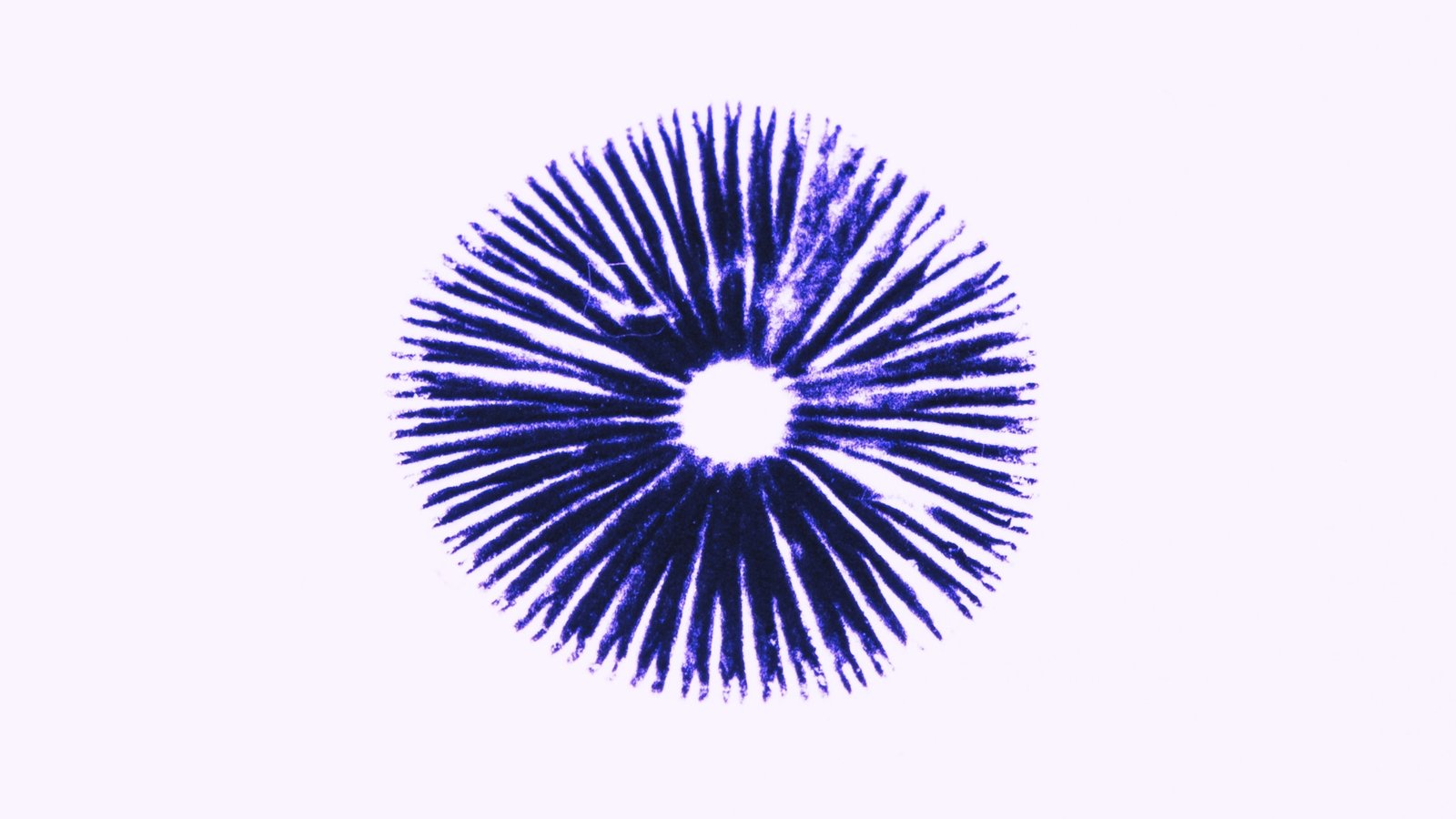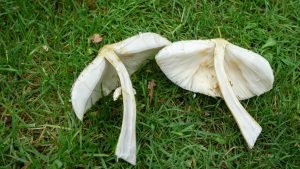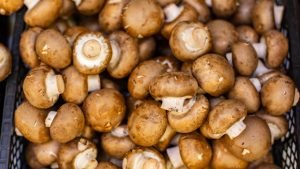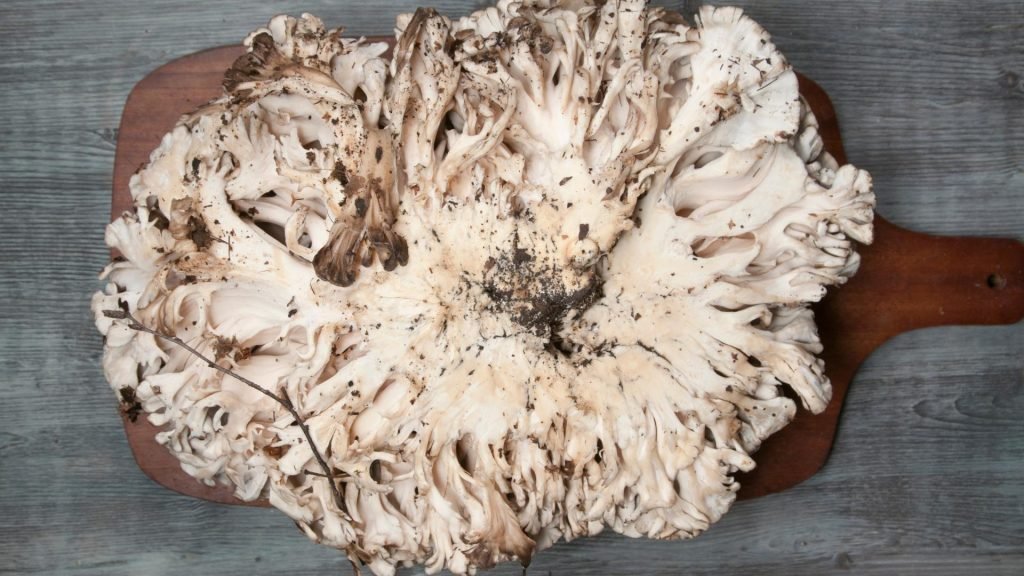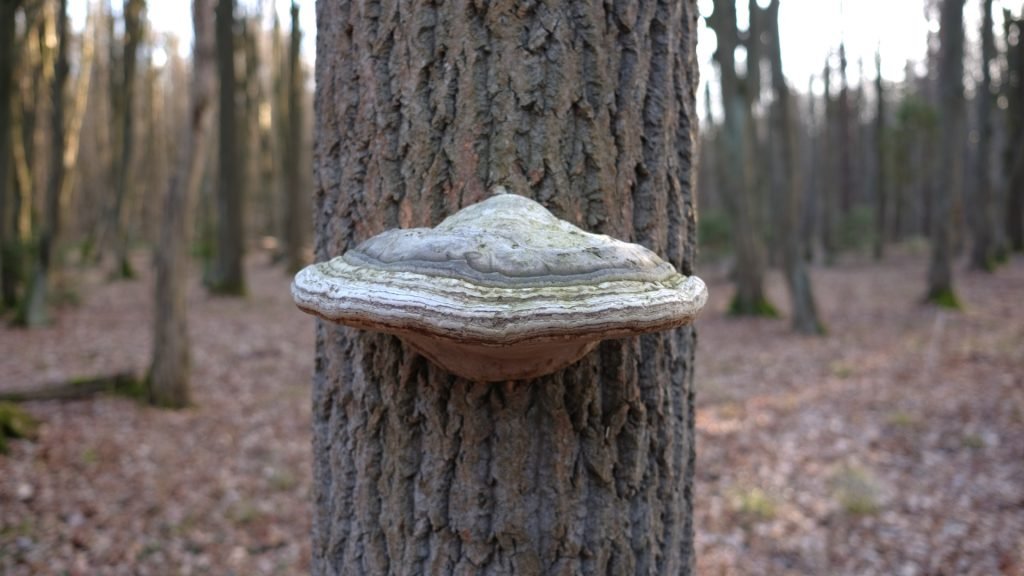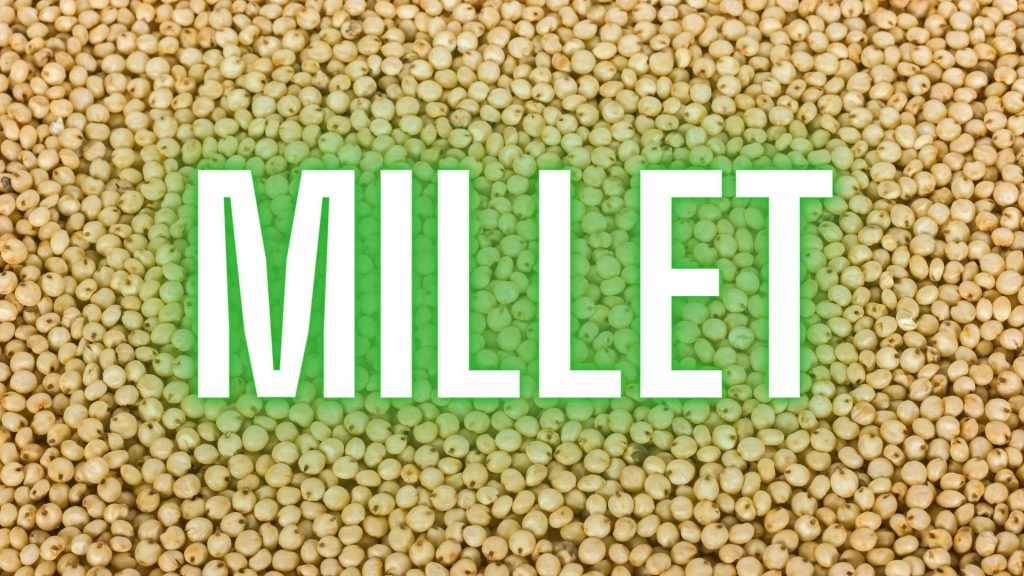One of the fascinating aspects of mycology, the study of fungi, is mushroom identification. Identifying mushrooms is both an art and a science that takes time, practice, and most importantly, a keen eye for the minute details. While some mushrooms can be identified by their macroscopic characteristics such as cap shape, size, and color, the real treasures of identification lie in the microscopic world hidden beneath the mushroom’s cap.
Microscopy provides a unique window into the intimate details of mushroom morphology, revealing a plethora of features that go unnoticed by the naked eye. Each mushroom species carries a signature array of microscopic characteristics that can be used to accurately identify them.
Dive Into the Spore World
At the heart of microscopic mushroom identification are spores. Spores are microscopic reproductive cells that allow fungi to disperse and colonize new environments. The size, shape, and ornamentation of spores can vary greatly between mushroom species.
For example, some mushrooms produce round, smooth spores, while others produce spores that are elongated, ridged, or covered in tiny spines. In addition, spore color can also provide crucial identification clues. By examining a spore print under a microscope, one can uncover a world of micro-architecture that is distinctive to each mushroom species.
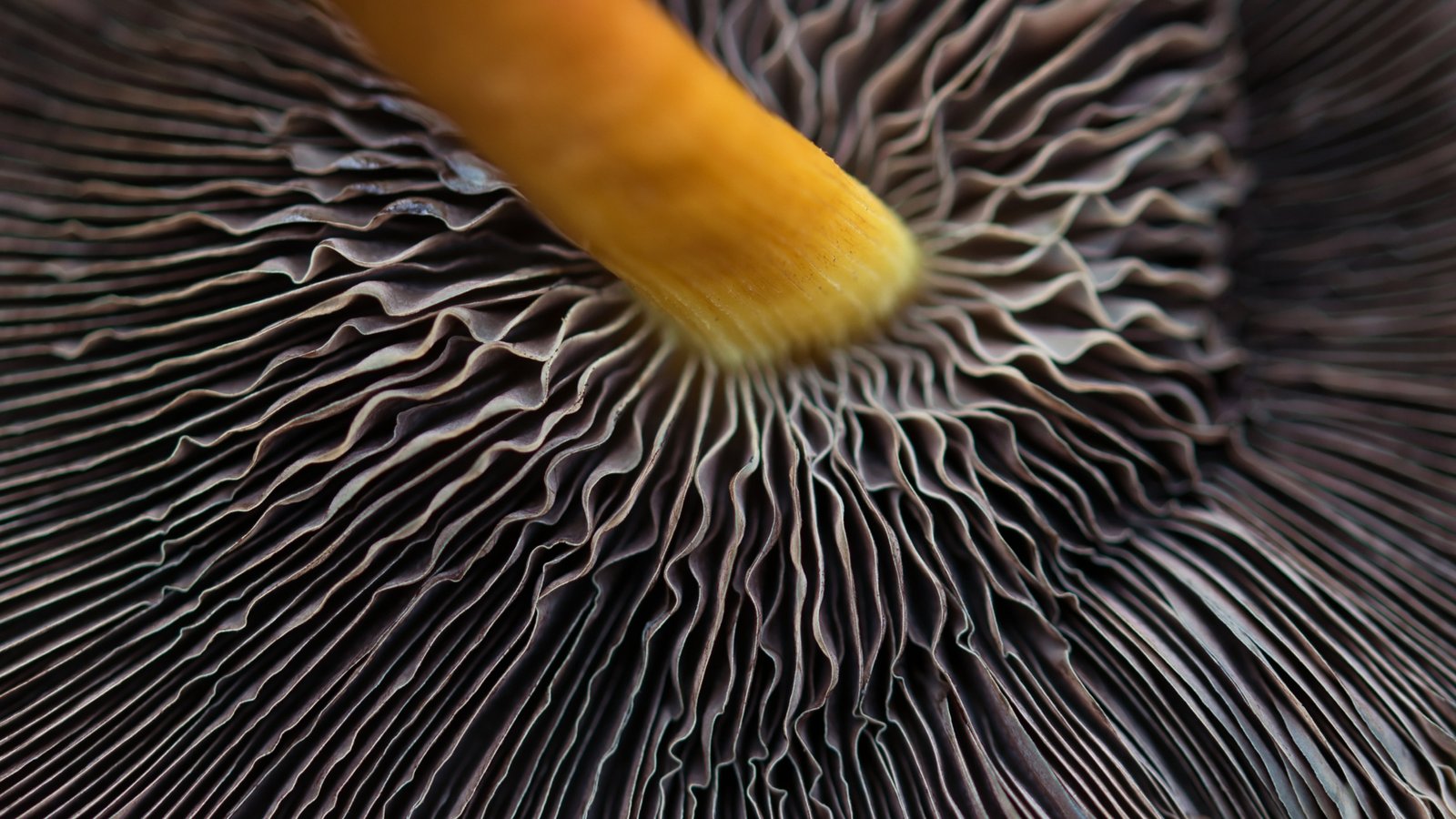
Gazing at the Gills
Another interesting microscopic characteristic used for mushroom identification is the structure of gills or other spore-bearing surfaces. These structures, which are often seen on the underside of the cap, are responsible for producing and releasing spores. The arrangement, attachment to the stem, and even the cell structure of these surfaces are all aspects that mycologists use to identify mushroom species.
Some mushrooms, like the common button mushroom, have gills that are closely packed and free from the stem. Others, like the bolete family, have pores instead of gills, presenting a sponge-like undercap surface. Yet others, such as the chanterelles, have wrinkles or ridges. Each of these microscopic marvels points towards the identity of the mushroom.
Other Microscopic Clues
Mushroom identification does not stop at spores and gills. Other microscopic features such as the presence of cystidia (specialized cells on the gill surface), the structure of the mushroom’s cap surface, or the presence of a pellicle (a layer of gelatinous material that covers some mushroom caps) can all be instrumental in identifying a mushroom species.

The 🍄 Mushroom Network is an invaluable resource for anyone interested in mushrooms and mycology. From beginners to seasoned mycologists, the Network is a platform where knowledge, ideas, and experiences are shared, fostering a spirit of collaboration and discovery.
Whether you’re interested in taking a deep dive into the intricacies of mycology or you’re a seasoned researcher looking for a platform to share your knowledge and connect with others, the 🍄 Mushroom Network is the place for you. Offering free and paid mycology courses, a marketplace for agar, and other mycology supplies, the Network empowers everyone to contribute to the expanding world of mushroom genetics.
By diving into the world of microscopic mushroom identification, we gain a deeper appreciation for the complexity and beauty of these incredible organisms. Yet, these microscopic marvels are only a small part of the world of mycology. Through the 🍄 Mushroom Network, you can be part of this journey of discovery, learning, and advocacy, contributing to a global effort to understand and conserve our planet’s diverse fungi. Let’s explore this microscopic world together!
Green But Not Gold: The Deceptive Beauty of Chlorophyllum Molybdites
About This Article: Ready to meet the Shrek of the mushroom kingdom? Dive into our...
Keep Reading...The Golden Princess: Breeding and Cultivating Agaricus Subrufescens
Welcome to the captivating world of mushroom cultivation, where nature’s treasures unravel in enchanting forms....
Keep Reading...RECIPE: Pizza with Porcini Mushrooms, Sausage, and Truffle Sauce
Introduction: Unleash the flavors of the forest onto your dinner table with this Pizza featuring...
Keep Reading...Cultivating Your Kingdom: A Guide to Growing King Oyster Mushrooms
The King Oyster Mushroom, also known as Pleurotus Eryngii, is the regal counterpart to the...
Keep Reading...